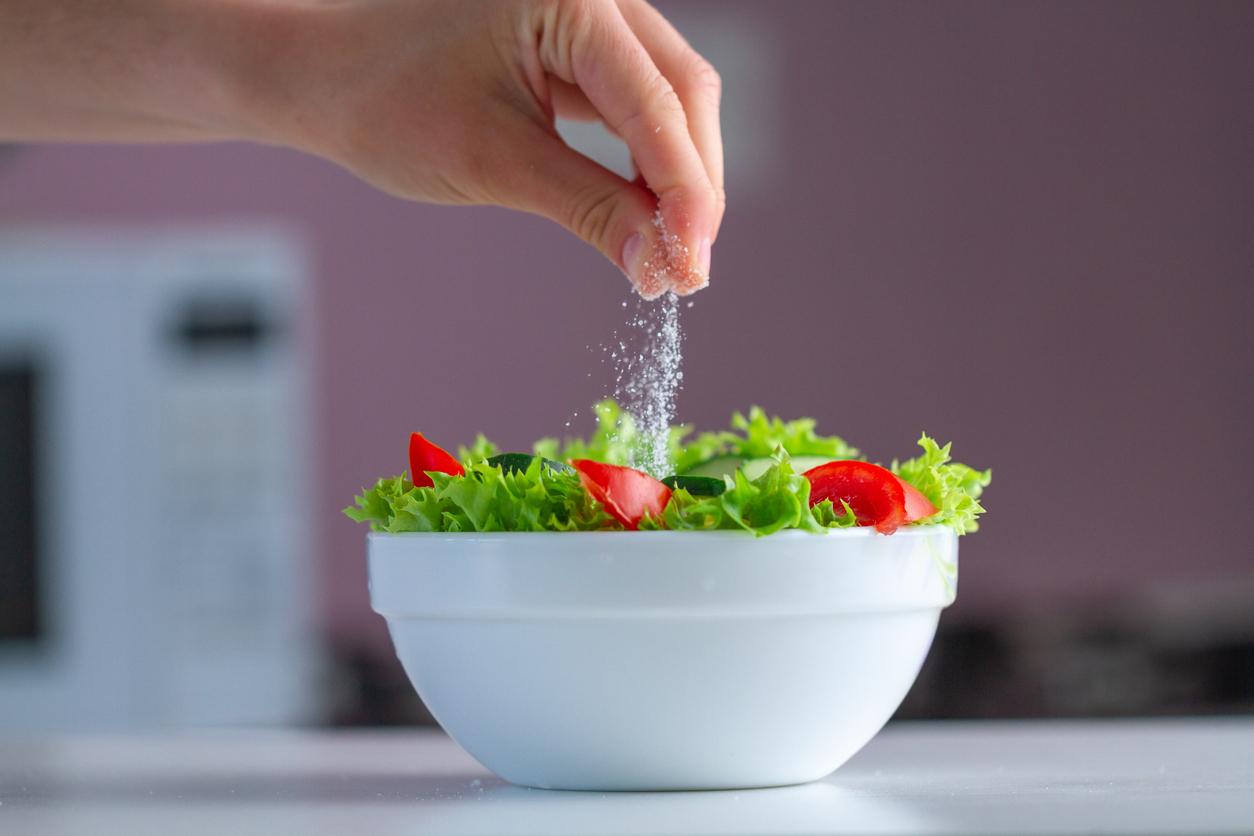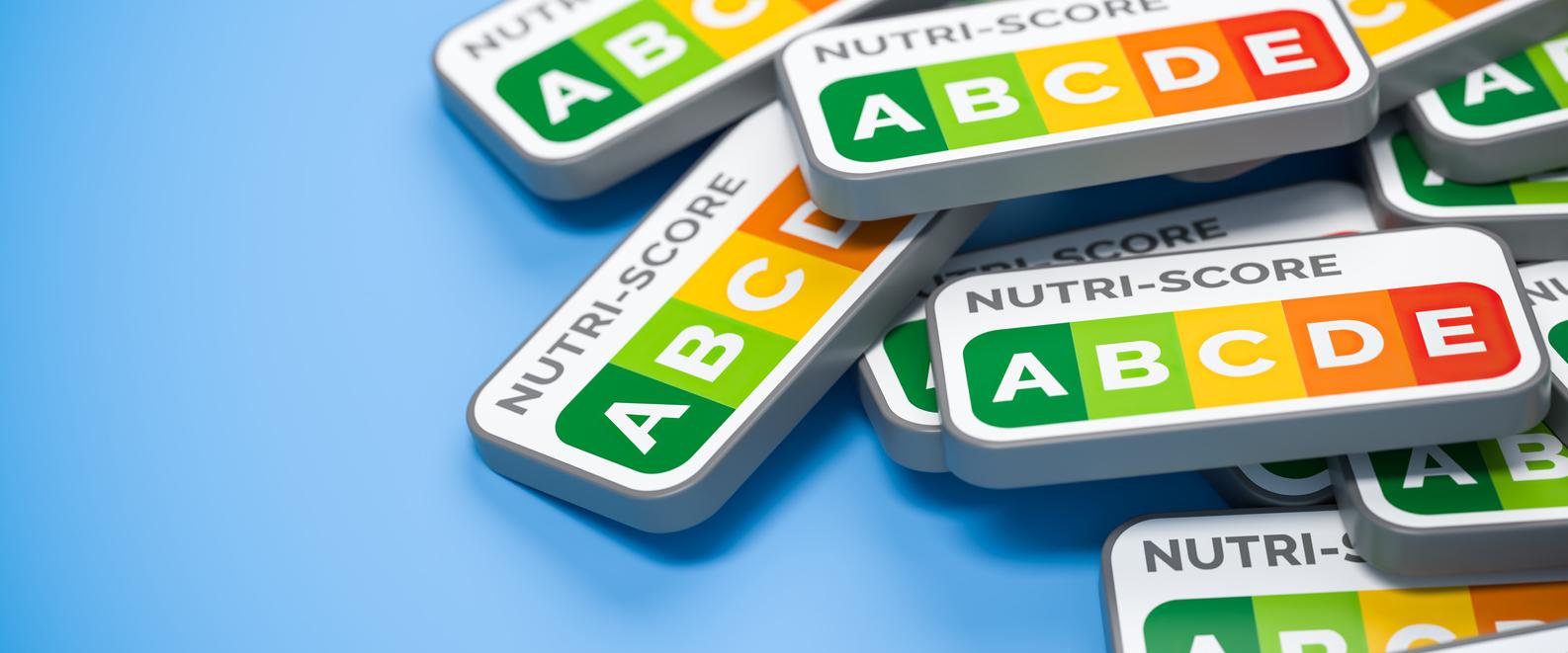Putting less salt in our diet is not always easy or pleasant… A gradual adaptation program allows people with high blood pressure to get used to a less salty taste. The first results of the trials are encouraging.

- High blood pressure is the leading cause of preventable cerebrovascular accident (CVA) according to Inserm.
- 10 to 30% of hypertensive patients are resistant to available treatments.
In France, one in three adults is affected by high blood pressure, according to National Institute of Health and Medical Research (Inserm). When a person has it, it means that the pressure of their blood in their blood vessels is abnormally high. To diagnose this pathology, the doctor must therefore measure the patient’s blood pressure with a tensiometer.
Limit salt in addition to high blood pressure treatments
Normal blood pressure is 120/80. The first number is the systolic pressure, it is equivalent to the maximum pressure when the heart contracts to empty itself of blood. 80 is the diastolic pressure, ie minimum when the heart relaxes to fill. We therefore speak of high blood pressure when these figures exceed 149/90 at the doctor’s office and 135/85 at home.
To manage high blood pressure, patients generally have a drug treatment but the ideal is also to respect certain rules of hygiene of life, in particular concerning food. And one of the main tips is to limit salt. But how do you get your palate used to a less salty taste? This is the question that researchers have tried to answer. Their work was presented at Congress of the European Society of Cardiology.
“Learn to like less salty foods”
“One of the biggest barriers to adhering to a low-salt diet is that people don’t like the taste, but few studies have addressed this issue.explains Misook Chung, one of the authors. Our study conducted on patients with high blood pressure shows that it is possible to modify the perception of taste and learn to like less salty foods.s.”
Thus, scientists have developed the Sodium Watchers Program – Hypertension (SWaP-HTN), a program that aims to gradually accustom patients to the taste of less salty foods. In their clinical trial, 29 participants with high blood pressure received dietary education and follow-up for sixteen weeks. All had an electronic device to assess the salt content of food.
The importance of realizing the salt content of foods
“One of the first steps was for patients to realize how much salt they were eatingexplain the authors. Using the electronic device, they could test the salt content of meals at the restaurant and ask the head chef, for the next time, to reduce or eliminate the salt. They used it (the device) also at home to reduce the salt content of their own cooking. Some people automatically added salt at the table before tasting the food. So we asked participants to count the number of times they put it on and set goals for reducing that amount. Most of them removed the salt shaker from the table within three weeks.s.”
A 30% reduction in salt intake
At the end of their study, the scientists observed a decrease in sodium intake of 1,158 milligrams per day, a reduction of 30%. In contrast, in the control group that did not participate in the program, daily intake increased by 500 milligrams.
Finally, with regard to the appetite for less salty foods, the participants said they liked them to the tune of 4.8 on a scale of 10 at the start of the trial… at the end, that is to say sixteen weeks later, the note was 6.5. So there has been an improvement.
“We can get our taste buds used to it”
“Our study shows we can train our taste buds to enjoy low-sodium foods and gradually reduce the amount of salt we eat”, conclude the authors. They now intend to continue testing their program on more participants and for longer.

















